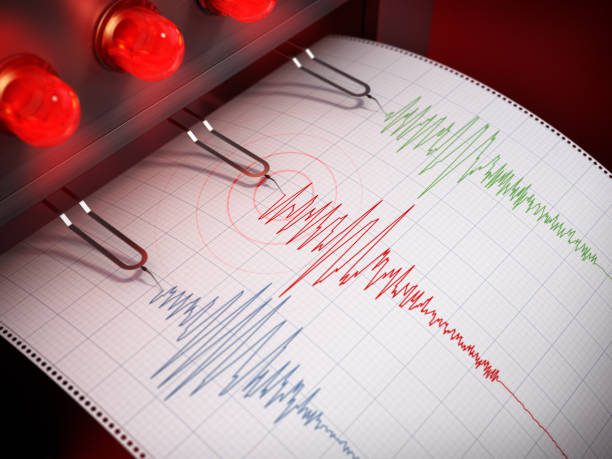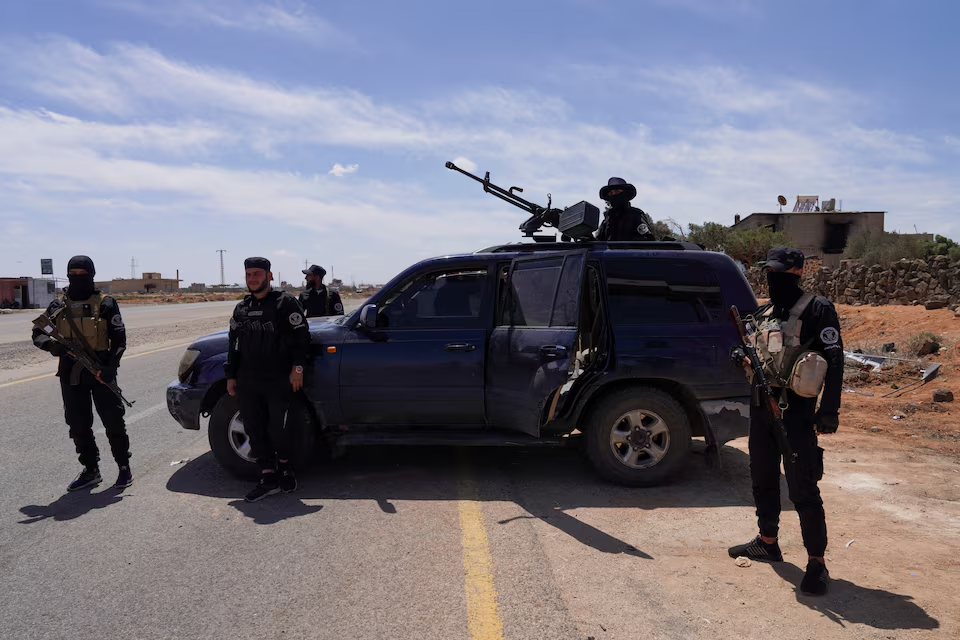Southwest Iceland experienced a flurry of seismic activity on Friday, May 24, as three earthquakes struck within just one hour, rattling areas near the capital city Reykjavik and the coastal town of Keflavik. The strongest of the quakes measured 3.7 in magnitude, according to the Icelandic Meteorological Office (IMO), and was felt by residents across the Reykjanes Peninsula.
The first tremor occurred shortly before noon local time, followed by two additional quakes within the next 60 minutes. Though there have been no reports of injuries or significant structural damage, the events have prompted increased monitoring from Iceland’s seismic and volcanic experts.
“These quakes are part of an ongoing seismic swarm that we’ve been tracking in the region,” said Kristin Jónsdóttir, head of the IMO’s Earthquake Monitoring Department. “While they’re not unusual for this part of the country, the frequency and intensity are noteworthy.”
Iceland, located on the Mid-Atlantic Ridge, is one of the most seismically active regions in the world. The Reykjanes Peninsula, in particular, has seen a notable increase in seismic swarms over the past few years—some of which have preceded volcanic eruptions, such as the 2021 and 2023 events near Fagradalsfjall volcano.
Residents in Reykjavik and Keflavik reported feeling the ground shake, with light furniture shifting and windows rattling. “It was quick but strong. The whole office stopped for a moment,” said one resident in downtown Reykjavik.
Authorities have urged the public to remain calm but alert. The Icelandic Civil Protection Department has not issued any evacuation orders or travel restrictions but is coordinating closely with local emergency services in case of further developments. “There is no immediate danger, but we are prepared to respond if activity escalates,” a spokesperson stated.
Iceland’s national airport at Keflavik remains fully operational, though air traffic controllers have been advised to stay vigilant for any updates that could impact flight routes in the event of increased geological activity.
Experts emphasize that while the current seismic activity doesn’t indicate an imminent eruption, the possibility of volcanic unrest cannot be ruled out, especially given the region’s geological history. The public is advised to follow official updates and avoid spreading misinformation.
Tourists visiting Iceland’s popular geothermal and volcanic areas are also being urged to check local advisories and stay on marked paths, as sudden shifts in land stability can occur even with minor tremors.
As authorities continue to monitor the situation, the events of May 24 serve as a stark reminder of the island’s dynamic geological nature—and the constant watchfulness it requires.
Source: Country Herald


